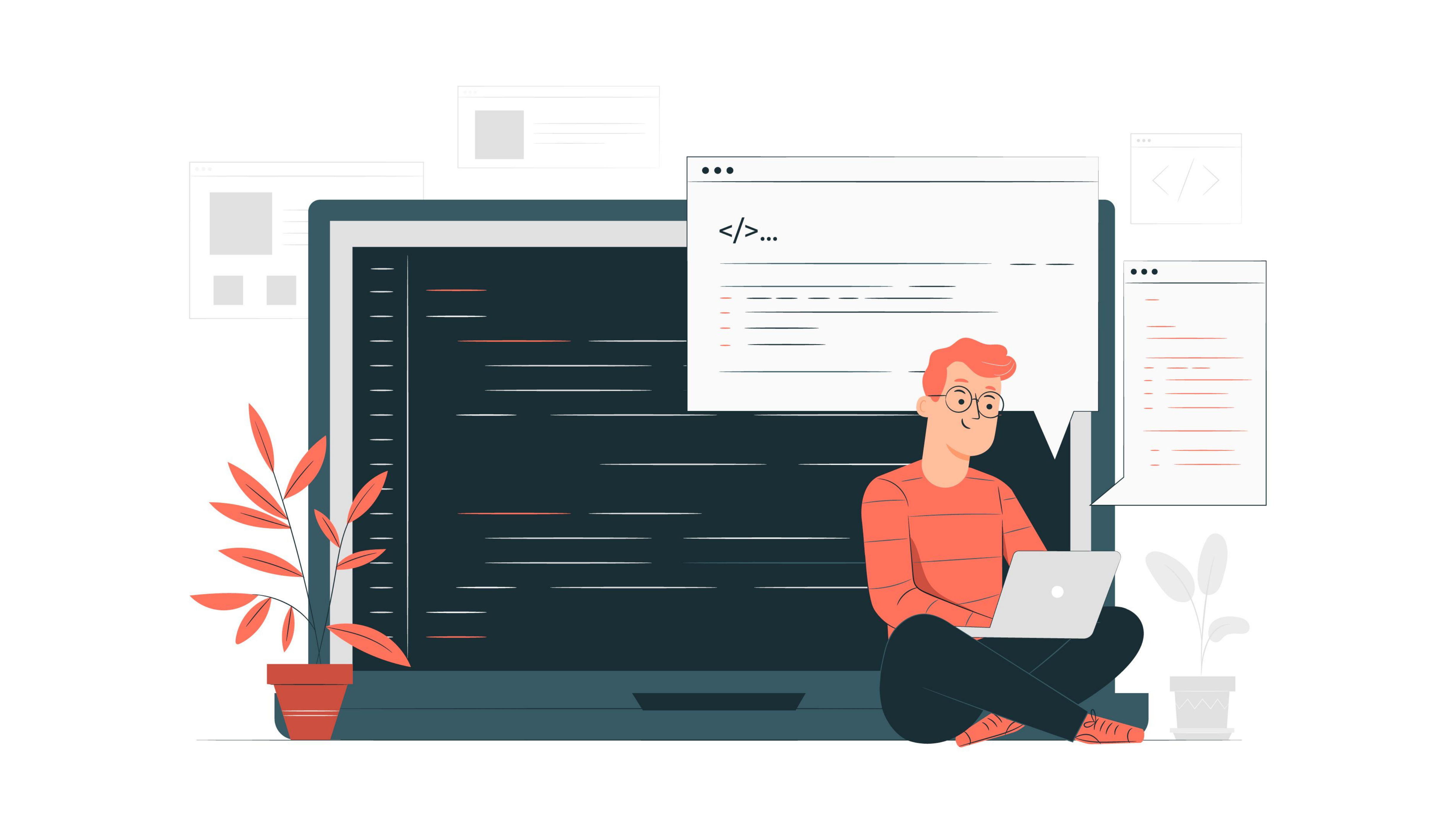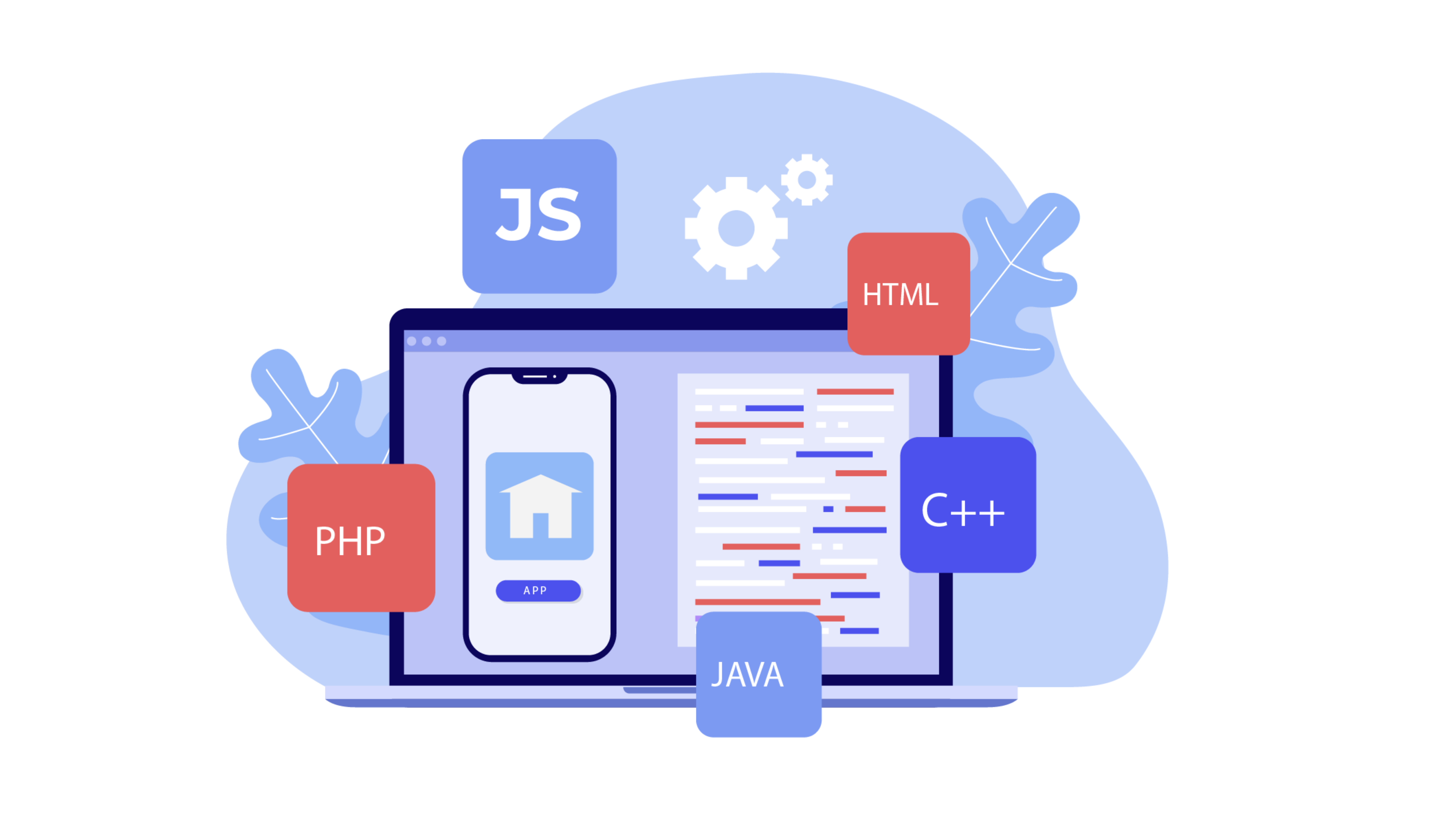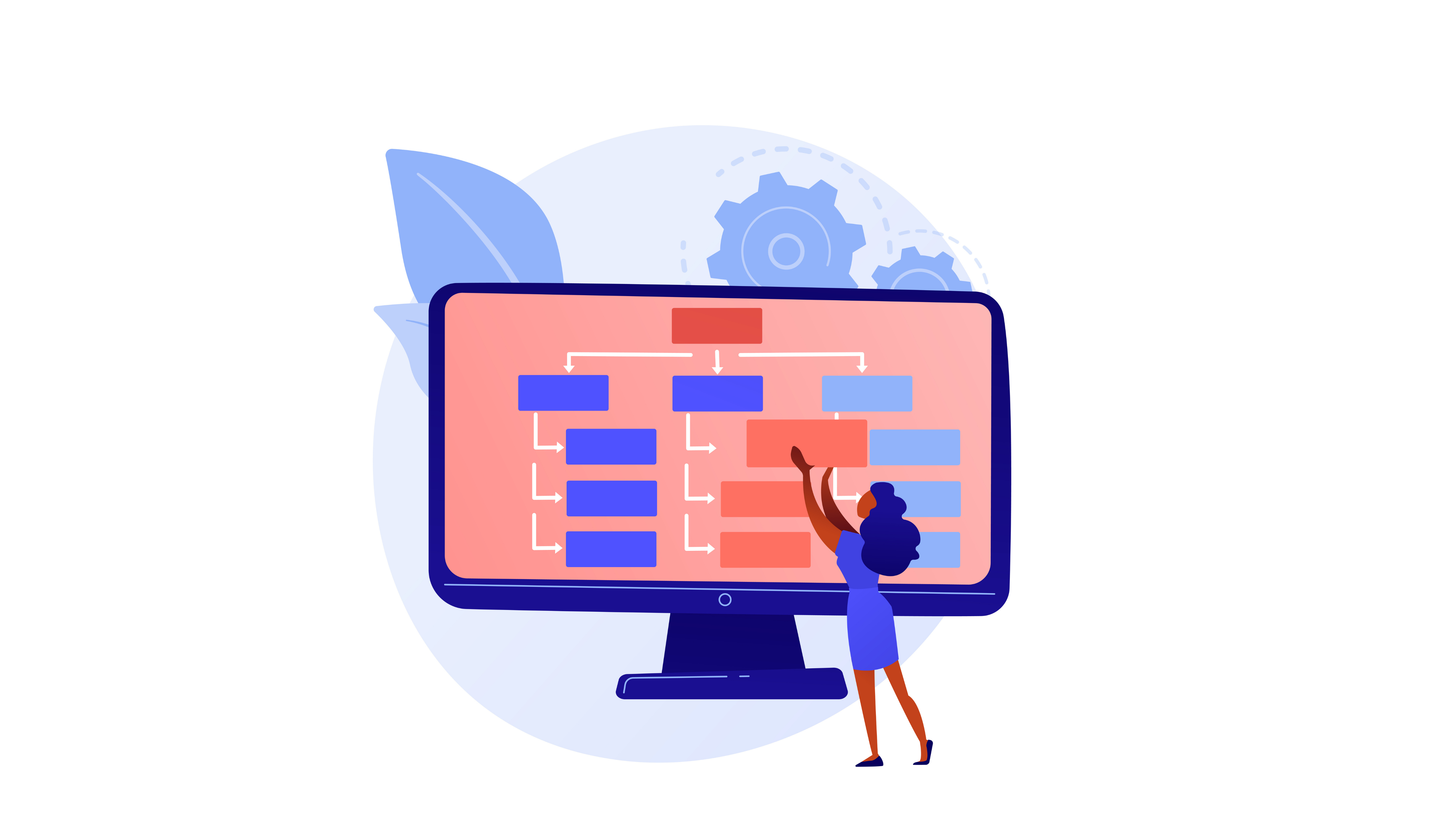Light Web Components | A Simple Guide To Understand Them
Fawzan Hussain
17 Feb 2022
•
4 min read
LWC (Light Web Components) has become a popular programming technique for creating web components. It provides specialized services that build on existing cutting-edge web technologies. In technology, a better user experience is the essential criteria for pushing change and innovation. Likewise, LWC's performance remains unrivaled, giving its users a competitive advantage.

Light Web Components- Definition
LWC (Lightning Web Components) is a collection of current lightweight frameworks based on the most recent web standards. It's used to create sophisticated interfaces without the need for JavaScript or the creation of a library. It's a reusable code-based document object model element. This functionality makes it simple and faster, saving developers time and work on the web stack.

- The Lightning Data Service gives you declarative access to Salesforce data and metadata, as well as data caching and synchronization.
- Base Lighting Components handles the collection of over 80 UI components that were created as bespoke elements.
- The User Interface API acts as a core service that enables metadata awareness in Base Lightning Components and the Lightning Data Service.
Highlights:
- The lightning framework is heavily event-driven, allowing for speedier software delivery to end-users.
- The outdated VisualForce Framework does not support the Lightning Component Framework. It facilitates the creation of apps using a standardized JavaScript framework.
- Lightning Component pages perform better than legacy pages.
- Components are adaptable and straightforward, resulting in a stable and quick framework.
LWC (Lightning Web Components) employs a variety of standards with various specifications.
- ES Modules: This specification relates to the modular, standard-based, and performant reuse and inclusion of Javascript documents.
- HTML templates: These are user-defined HTML templates that are only rendered when requested. The HTML Living Standard specification is the best representation of this template.
- Custom Elements: Using a specific set of JavaScript APIs, these HTML elements have customized templates, behaviors, and tag names.
- Shadow DOM: These are used to keep JavaScript and CSS separate. A shadow Document Object Model, or DOM, is a way of making components in the DOM.
Evolution Of Lightning Web Components
Salesforce released the Lightning Web Component framework in 2014, based on the Aura programming framework. Because web standards made it difficult to create large-scale web applications, Aura introduced its component-driven program, allowing developers to build large-scale client applications.
Even though they were all based on Javascript, the components and applications created in different frameworks were not linkable. The frameworks provided more distraction, making them non-identical and requiring developers to take one of two paths.
This made skill transfers and ramp-ups extremely difficult. A Salesforce platform was introduced as an extension of web component standards that helps execute the same activities as the lightning component to increase flexibility and standardization.
Why Are Lightning Web Components Better Than Aura?

- Standardized performance
Lightning Web Components is known for its outstanding performance. It has evolved as a robust programming model. LWC uses elements, shadow DOM, modules, templates, and other ECMAScript 7 language structures, among other things. By incorporating LWC into your company, you may improve your Salesforce lightning platform and push it to utilize web standards for UI development.
- Easy To Use
One of its primary advantages is avoiding the server call when using lightning web components. The data going to the LWC JS controller can be changed while working with it through Javascript. As a result, you can easily show the same according to your requirements. You also have an upgraded DOM render engine, so there's no need to make a server request. You will notice a more immediate component rendering performance than the Aura component.
- Cross-browser compatibility
By deploying SLDS, apps provide users with a pleasurable experience (responsive design). Lightning Web Components are compatible with cutting-edge browser technologies such as CSS3, HTML5, and touch events.
- Allow Customisation
The Salesforce Lightning Design System (SLDS) allows business owners to customize the look and feel of the various components. As a result, you can personalize the elements as needed. In summary, business owners do not need to be concerned about responsiveness.
- Enhances Speed
Lightning Web Components allow teams to carry out their tasks faster with sophisticated components, working seamlessly with mobile and desktop devices. The Admin implementing the Lightning App Builder must drag and drop them on the necessary page using the generic component. The entire developmental efficiency boosts, along with parallel designing with elements.
- Reduce Errors
Another advantage of deploying LWC is avoiding lesser error occurrences and experiencing a two-way binding process. This justifies why forward-thinking businesses have been deploying Lightning Web Components lately into their respective frameworks.
How to Make the Transition from Aura To Lightning Web Components
Your company may be considering developing an LWC (Lightning Web Components) migration strategy. Most developers desire the best of both worlds, where they can use server-side rendering and LWC's client-side handling. For smaller components, selecting migration patterns is a little easier. If you don't have any JavaScript, replace the Aura HTML Syntax with the Lightning web equivalent as you go. Rebuild it after redesigning it. You may need to start from the bottom up for the more significant components and figure out how to work with deeply nested hierarchies.
Thing To Consider: Before you do that, keep in mind that the fundamentals of both models are highly different and not a simple line-by-line comparison.
Bottom Line
Lightning Web Components are the way of the future in terms of lightning development. It defines an opportunity to rethink, rearrange, and streamline the procedure. Consider leveraging Lightning Web Components to utilize the improved native speed and browser compatibility if you're building new functionality.
LWC's developer guide will offer you all the tools and information you need to take the proper migration path towards lightning web components. It enables users to come up with generic features for a seamless performance.
Fawzan Hussain
An SEO consultant and the CEO of Seooptimizekeywords.com. With over a decade of experience in the industry, I'm passionate about helping businesses achieve their online marketing goals through effective SEO strategies.
See other articles by Fawzan
WorksHub
Jobs
Locations
Articles
Ground Floor, Verse Building, 18 Brunswick Place, London, N1 6DZ
108 E 16th Street, New York, NY 10003
Subscribe to our newsletter
Join over 111,000 others and get access to exclusive content, job opportunities and more!

